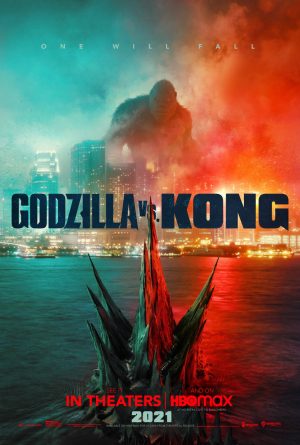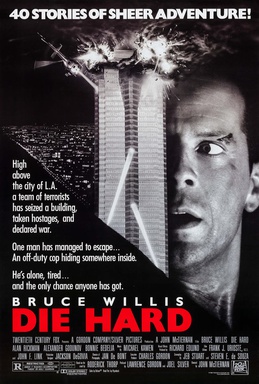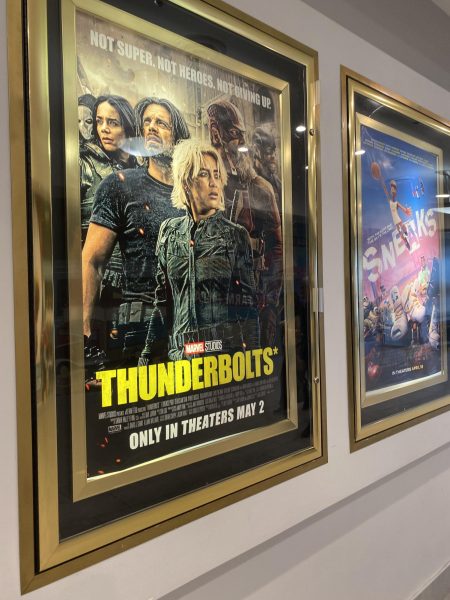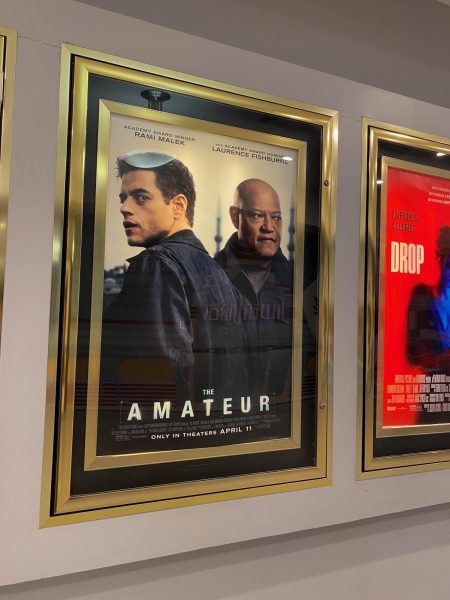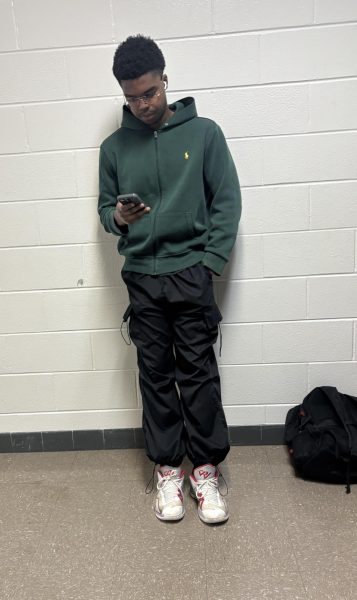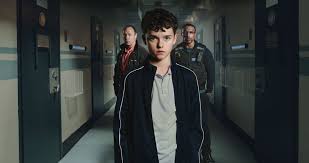Zack Snyder’s Justice League: A flawed but satisfying improvement
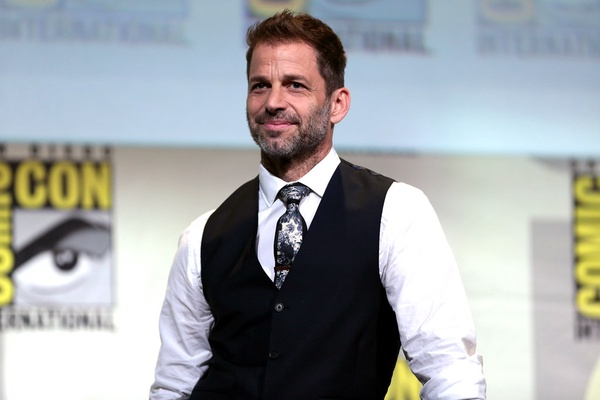
Photo used with permission from Google Commons
Director Zack Snyder left the project due to a personal tragedy prior to the film’s theatrical release.
The 2017 superhero film Justice League, directed by Zachary Snyder and Joseph Whedon, the latter of whom was brought onto the film to edit and re-shoot certain scenes after the former left due to the tragic suicide of his daughter, Autumn Snyder, in 2017, was a critical and commercial failure. As a result of this, the launch of the new streaming service HBO Max prompted them to release Snyder’s original director’s cut of the film, marketing it as a mostly separate film from the original.
The film follows the DC Comics superhero Batman (Ben Affleck) as he forms a team of superhumans made up of Wonder Woman (Gal Gadot), Aquaman (Jason Momoa), the Flash (Ezra Miller), and Cyborg (Ray Fisher), to defend the world from the alien warrior Steppenwolf (Ciarán Hinds) after the death of Superman (Henry Cavill) in the previous film Batman V. Superman: Dawn of Justice.
The film has a more serious tone compared to the 2017 film while still having humor and levity throughout, and adds new scenes to allow the audience more insight into the characters’ backstories and motivations. These are a significant improvement, with Fisher’s Cyborg standing out as the character most improved by these alterations.
Each character’s portrayal is also more appropriate given the situations. Batman in the 2017 film cracked out-of-place jokes and was barely shown to come up with intelligent ways of handling situations. In this film he remains stoic and his fighting skills and intelligence are actually shown. The Flash is no longer scared of engaging in battle. Aquaman and Wonder Woman build an understanding of the other’s positions without the unnatural and forced addition of the lasso of truth causing the former to act in a humorous and compromising fashion in the 2017 film.
Cyborg is given a far more meaningful conflict involving his struggle with the accident that forced him into his current position and his relationship with his father. Steppenwolf is given an actual motivation. The scenes of Lois Lane (Amy Adams) and Martha Kent (Diane Lane) mourning Clark Kent are appropriately serious and melancholy without the poorly written humor of the previous version, and Superman’s return has far more gravitas without undermining the hope and idealism that a character such as Superman should inspire. The film’s final action set piece showcases the abilities and skills of every character and makes them all integral to the ultimate victory of the superheroes.
The film also tries to build a world that more closely resembles the source material, with references to Martian Manhunter (Harry Lennix), Ryan Choi (Zheng Kai), the third Atom, Darkseid (Ray Porter), and the Anti-Life Equation, making the lore of the film’s DC Universe seem more interconnected, and to connect the plot thread of Batman’s premonitions of a dark post-apocalyptic future, which were established in the previous film, into that lore, unlike the 2017 film, which simply ignored it. The execution left much to be desired, but the attempt does add to the film.
Thomas Holkenborg’s score is also a welcome addition, and it accentuates the epic scale and grandeur the film tries to convey.
However, the four-hour runtime is crammed with overindulgent scenes that overstay their welcome and far too many slow-motion shots scored to licensed music, common in Snyder’s films, that unfortunately ruin the film’s pacing. The dialogue is serviceable and much better than that of the 2017 film but still lacks subtlety and nuance.
In addition, the plot is nonsensical in many areas, with the villains’ motivations contradicting what was established earlier in the film, and the themes are mostly simplistic and obvious, as expected from what is ultimately a generic superhero action film.
Ultimately Zack Snyder’s Justice League is a flawed film, but one that succeeds at delivering a satisfying conclusion to Snyder’s DC film trilogy despite only having the underwhelming Man of Steel and Batman V. Superman to build upon. It is a far better depiction of these pop culture icons than the 2017 version, but suffers from flaws common to Zack Snyder and superhero films, as well as a highly illogical plot.
Your donation will support the student journalists of Thomas S. Wootton High School. Your contribution will allow us to purchase equipment and cover our annual website hosting costs.
Elliot Wang is a 2021 graduate.


